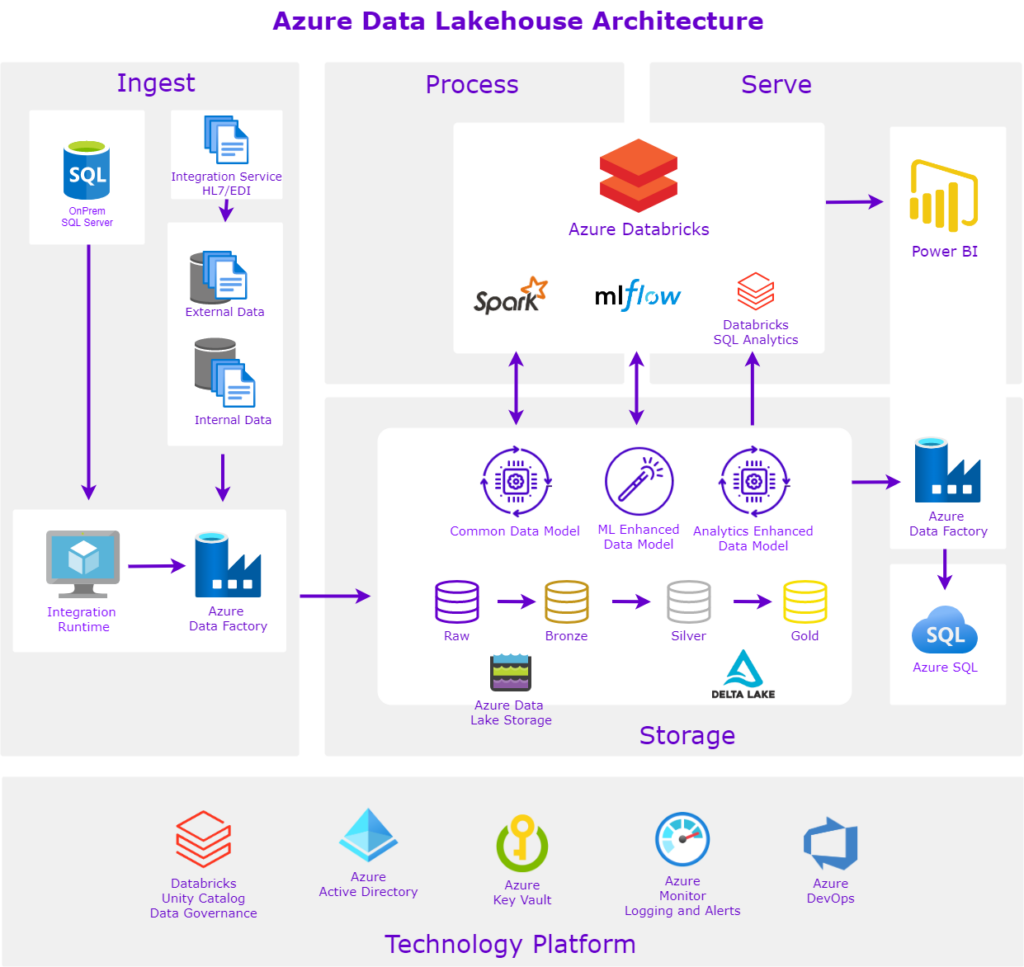AI-POWERED SUPPLY CHAIN PLANNING SOFTWARE COMPANY
End-to-end IoT Solution for Cold Chain Management
Improving quality and efficiencies for global vaccine distribution
Background
A nonprofit organization that designs, manufactures, and deploys custom cold chain equipment for low- and middle-income countries around the globe sought a partner to provide an end-to-end IoT solution for device management and data collection/visualization.

Challenge
Preserving the quality and integrity of the global vaccines throughout transportation & logistics was imperative. The cold chain devices used to distribute the vaccines typically resided in environments with unreliable power availability and limited cellular and Wi-Fi connectivity. These environments exposed devices to challenging conditions such as extreme heat and dust exposure, harsh vibrations when in transport, humidity & moisture, etc. Moreover, device ownership was not controlled, meaning devices could easily end up in the wrong hands. This made them susceptible to data privacy concerns, man-in-the middle attacks and other malicious intents.
Solution
The Kopius team began by building a full end-to-end Internet of Things (IoT) solution leveraging Microsoft Azure, which enabled data collection and transmission with a focus on low power consumption and intermittent cellular connectivity. A custom web app was also developed on Microsoft Azure that provided device software, firmware, and configuration management as well as data visualization/reporting. To address data security concerns, Kopius applied a Public Key Infrastructure (PKI) and a hardware-based Trusted Platform Module (TPM) solution to provide secure over-the-air (OTA) device firmware and configuration update capabilities. This meant devices were now protected from malicious activity in the field.
Results
The solution provided near real-time insights into remote cold chain equipment that enabled the client to respond and act accordingly, ultimately improving efficiencies and quality related to global vaccine distribution. They now had the ability to push firmware, software, and configuration updates to all of their devices deployed around the world, giving them the ability to change device firmware, software, and behavior as needed.








